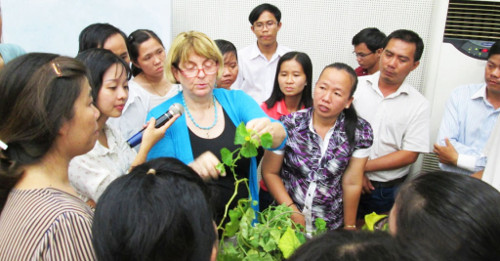Advances in Virus Research, Volume 95, 2016
Applied Energy, Volume 161, January 01, 2016
Capacity planners in developing countries frequently use screening curves and other system-independent metrics such as levelized cost of energy to guide investment decisions. This can lead to spurious conclusions about intermittent power sources such as solar and wind whose value may depend strongly on the characteristics of the system in which they are installed, including the overall generation mix and consumption patterns.
World Development Perspectives, Volume 2, 2016
We examine human displacement among indigenous tribal conservation refugees—the Sahariya—recently displaced from a wildlife sanctuary in central India. We focus on human displacement's mental health toll as well as the displacement-related changes that help explain such emotional suffering. To do so, we compare individuals relocated from the core of the sanctuary to those allowed to remain in their villages inside the sanctuary's buffer zone. The drawing of the sanctuary boundary—and thus also the assignment of villagers to relocation versus remaining in the buffer zone—was capricious.
Elsevier Connect, January 2016

